by Kimberly Downey
One of the key attributes of the Barton Reading & Spelling System, and any reputable Orton-Gillingham program for dyslexia remediation, is that it simultaneously engages several of the five senses.
Handwriting Without Tears uses a similar approach, for print and cursive instruction. Since many dyslexic students have poor handwriting and find writing by hand tedious, some parents may wonder, why bother with it at all?
While he was in preschool, my dyslexic son had virtually no interest in writing. This was in marked contrast to his older sister, who was highly motivated to write her name at age four while attending the same preschool. By the time he attended kindergarten, the issue seemed to be resolved and he could print clearly, although it was a laborious process that he wanted to avoid whenever possible.
I also noticed that his use of upper and lowercase letters was inconsistent. He often forgot to capitalize the first word of the sentence and proper names, but would randomly use capitals when they weren’t needed.
Once his dyslexia was identified in 2013 before he started second grade, my focus was on remediating his difficulties with reading and spelling. This emphasis continued in third grade when he was homeschooled for the first time.
Starting in fourth grade (2015-16), I decided to teach him cursive with the HWT program, and to my surprise, he easily picked it up and even seemed to enjoy it! During his Barton lessons, he wanted to practice his cursive technique while spelling words on paper.
And to help reinforce those spelling sight words, we often used the Wet-Dry-Try technique. He would first write the word in chalk, saying each letter as he wrote it. Then, using a small square of damp sponge, he would erase each letter as he said it. Finally, using a small piece of paper towel, he would trace over the wet ‘letters’.
The advantages of this multisensory technique came to light when he had to memorize a monologue about a fictitious boy who lived during the Middle Ages. Memorization is a difficult task for dyslexics so I helped my son apply multisensory strategies to the task. He wrote one line of the monologue three times each week in cursive. Once it was finished, he would read it out loud. By the time his performance day arrived, he had the whole monologue memorized and he accomplished this without struggle.
There is debate about whether or not cursive instruction matters anymore. My daughter received very little instruction at the end of third grade. It is thrown in briefly once Standards of Learning (SOL) testing is finished. It is not considered a priority in our public schools. Until I taught her the HWT method, she routinely printed and believed it was faster.
According to Suzanne Baruch Asheron, an occupational therapist and national presenter for HWT in an op-ed piece published in the New York Times, April 30, 2013, ‘… learning to write in cursive is shown to improve brain development in the areas of thinking, language and working memory. Cursive handwriting stimulates brain synapses and synchronicity between the left and right hemispheres, something absent from printing and typing.’
Although experts disagree on whether cursive instruction matters, there is evidence that typing on a keyboard and writing by hand are not equal.The current lack of handwriting instruction in our public schools is concerning.
Researchers from France investigated the issue and what they discovered is compelling.
Marieke Longchamp and Jean-Luc Velay, two researchers at the cognitive neuroscience laboratory at Aix-Marseille University, carried out a study of 76 children, aged three to five. The group that learned to write letters by hand were better at recognising them than the group that learned to type them on a computer. They repeated the experiment on adults, teaching them Bengali or Tamil characters. The results were much the same as with the children.
Drawing each letter by hand improves our grasp of the alphabet because we really have a ‘body memory’, Gentaz adds.
‘Some people have difficulty reading again after a stroke. To help them remember the alphabet again, we ask them to trace the letters with their finger. Often it works, the gesture restoring the memory.’
In fact, France has taken the opposite approach to the United States. In the early 2000s, the ministry of education instructed schools to start teaching cursive when students enter primary schools at age six. Drawing on the neurosciences, French education experts have recognized that handwriting instruction is part of a key step in cognitive development.
The priority for dyslexic students is always to first bring their reading and spelling skills up to grade level. Adding a multisensory handwriting program like HWT may also provide unexpected benefits and is worth strong consideration.

